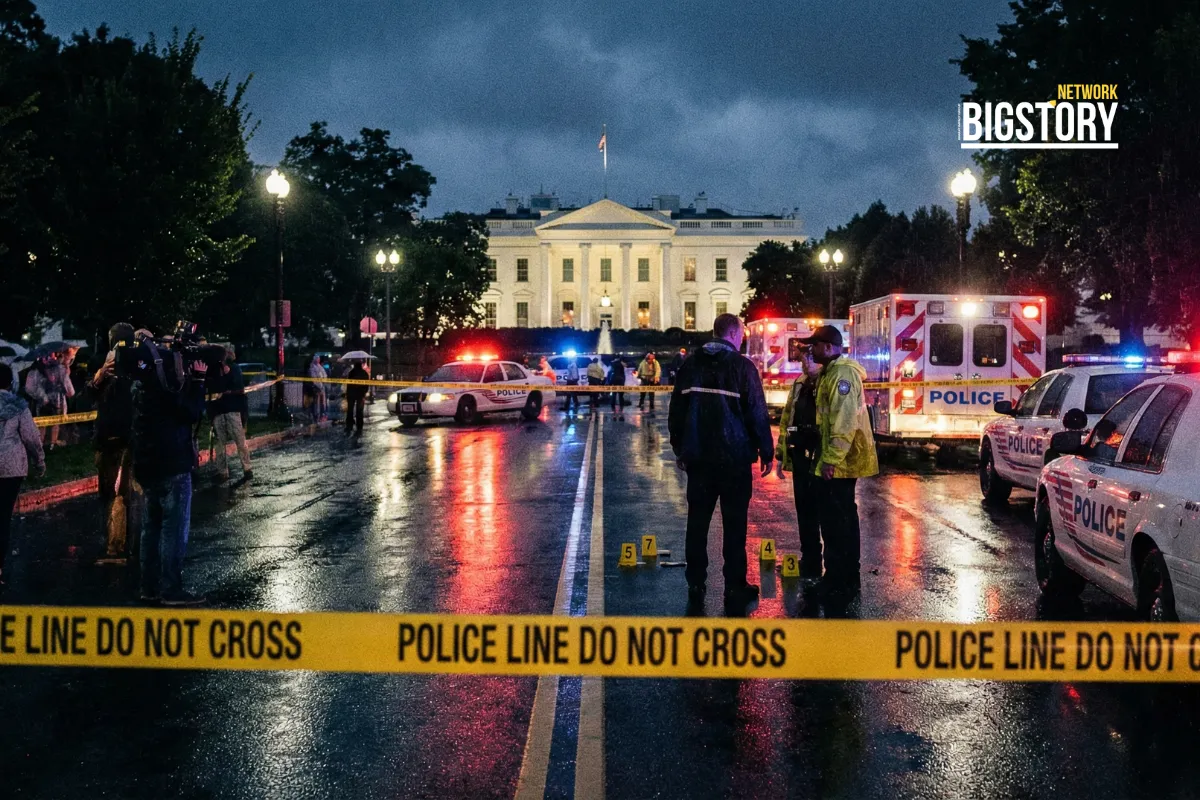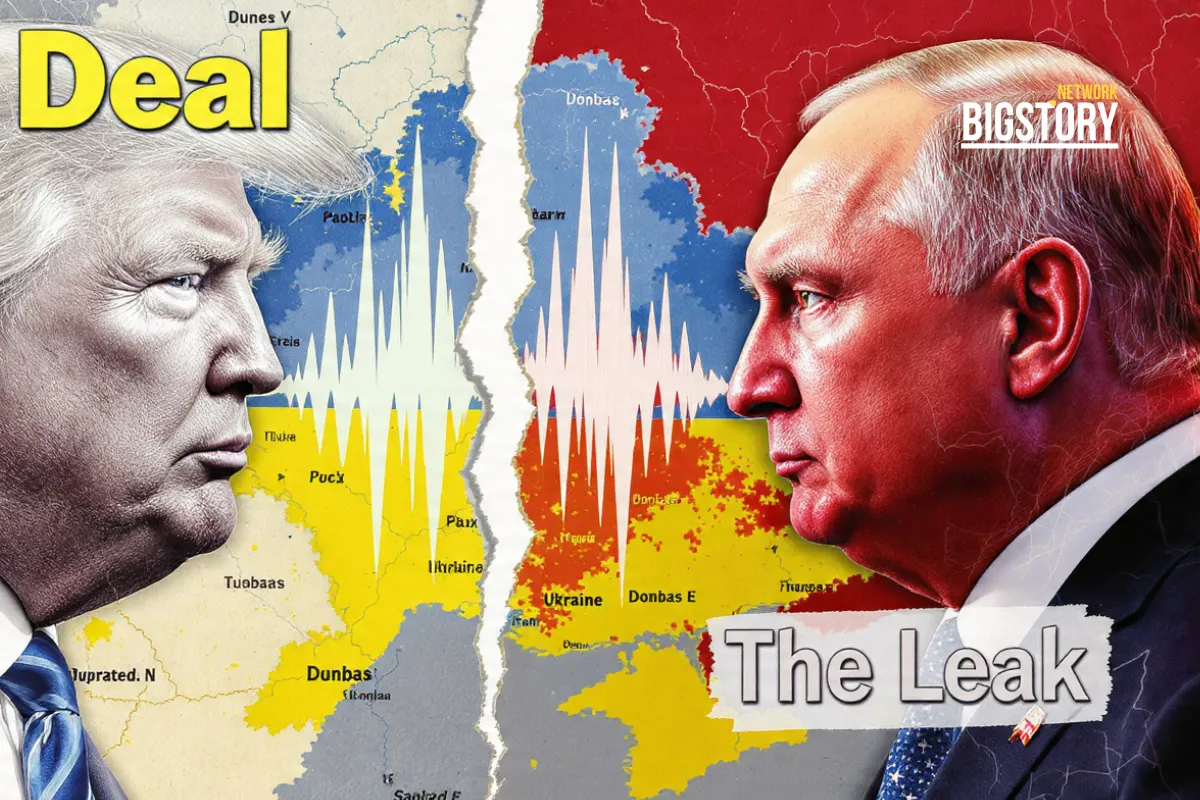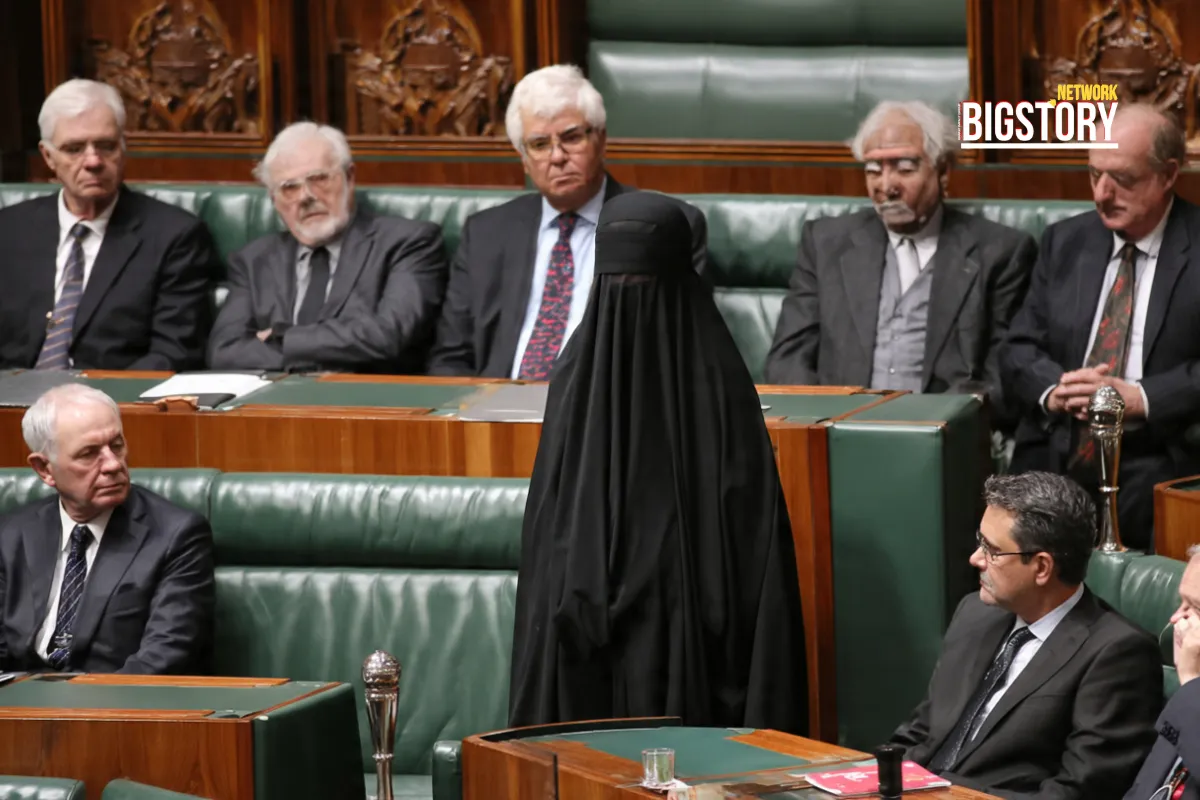Netanyahu's D.C. visit concluded without a Gaza ceasefire, highlighting persistent obstacles between Israeli and Hamas demands despite US mediation.
 Sseema Giill
Sseema Giill
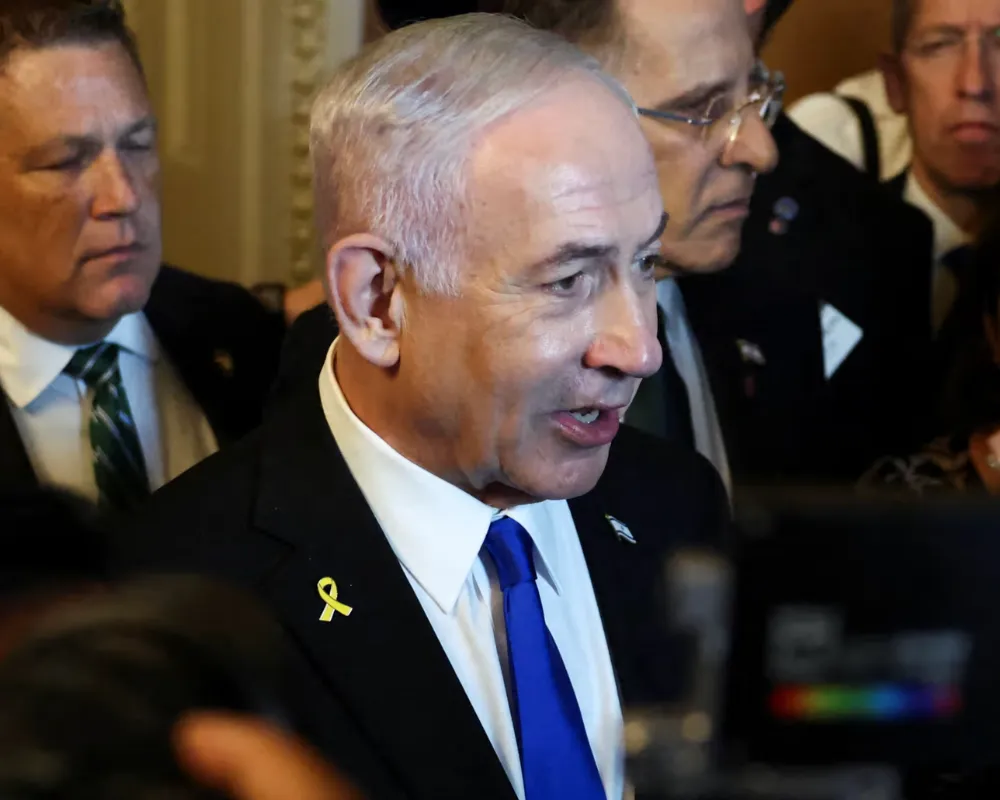
Washington D.C. — Israeli Prime Minister Benjamin Netanyahu concluded a two-day visit to Washington, D.C., earlier this week without securing a breakthrough on a Gaza ceasefire deal, leaving mediators in Qatar and the Biden administration to grapple with persistent obstacles. Despite President Donald Trump's stated desire to achieve a 60-day truce and a potential Nobel Peace Prize nomination tied to regional stability, fundamental disagreements between Israel and Hamas continue to impede any agreement.
Netanyahu's meetings with President Trump and other top U.S. officials, including Secretary of State Marco Rubio, were reportedly focused on efforts to free hostages held by Hamas and discuss the "day after" scenario in Gaza. Trump expressed optimism at one point, stating there was a "very good chance" of a deal within two weeks. However, no public announcement of a breakthrough materialized as Netanyahu departed.
The core sticking points remain largely unchanged from previous negotiation attempts. Hamas has consistently demanded guarantees of a lasting ceasefire, a complete withdrawal of Israeli forces from Gaza, and the unfettered flow of humanitarian aid into the besieged territory. They have also expressed reservations about the temporary nature of any truce, seeking assurance that initial pauses in fighting will lead to a definitive end to the war.
Conversely, Israeli Prime Minister Netanyahu has maintained maximalist war aims, insisting on the complete destruction of Hamas's military and governing capabilities and ensuring Gaza no longer poses a threat to Israel. He has repeatedly stated that fighting would resume if Hamas does not comply with these conditions, even suggesting that if a permanent ceasefire is not achieved through negotiations in 60 days, it would be achieved "by using force." Netanyahu's office also deemed Hamas's demands regarding troop withdrawals and aid mechanisms "unacceptable."
A significant point of contention surfaced around Israel's insistence on maintaining military presence in key areas of Gaza, particularly corridors like Morag and Philadelphi. Israeli officials argue these are crucial for security and to prevent arms smuggling. However, Hamas and Palestinian officials view such continued presence as a violation of their demands for a complete withdrawal and an obstacle to any lasting peace. Reports indicate that Israel plans to use the Morag corridor to create a "humanitarian city" and screen Palestinians, a move viewed by rights groups as forced displacement.
Beyond the ceasefire, Netanyahu's visit also touched upon broader regional dynamics, including the recent U.S.-Israeli joint operations against Iranian nuclear facilities. Netanyahu praised the "unshakeable alliance" between the two countries under Trump's leadership, suggesting that these actions could create "a pivot of history that can help lead the Middle East and beyond to a future of prosperity and peace." This broader strategic alignment, while important to Israel, did not, however, translate into immediate progress on the Gaza truce.
The lack of a ceasefire deal leaves Gaza in a precarious state, with ongoing humanitarian concerns. Doctors continue to warn of dire conditions in hospitals due to fuel shortages and blockades, and aid distribution remains challenging amidst the conflict. While indirect talks continue in Qatar, the chasm between the Israeli and Hamas positions, exacerbated by the domestic pressures on both leaderships, underscores the immense challenge of achieving a lasting peace in the devastated enclave.

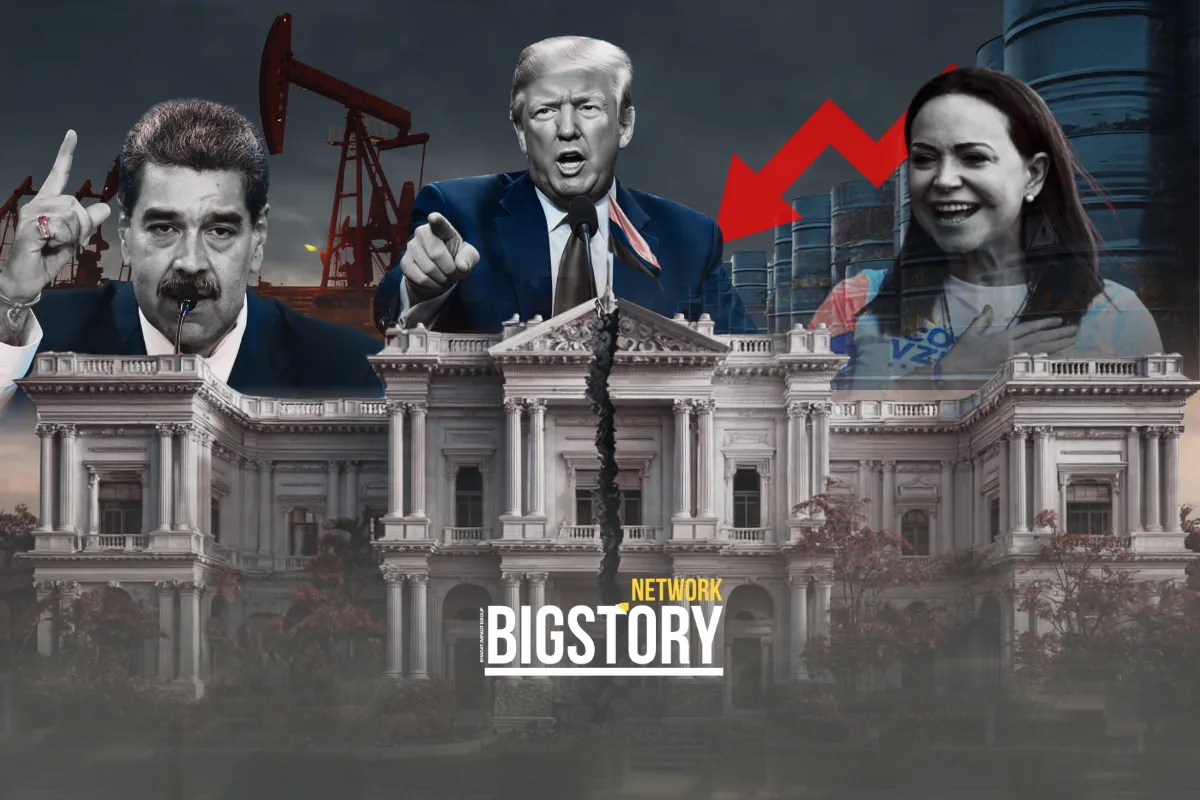




Sign up for the Daily newsletter to get your biggest stories, handpicked for you each day.
 Trending Now! in last 24hrs
Trending Now! in last 24hrs
